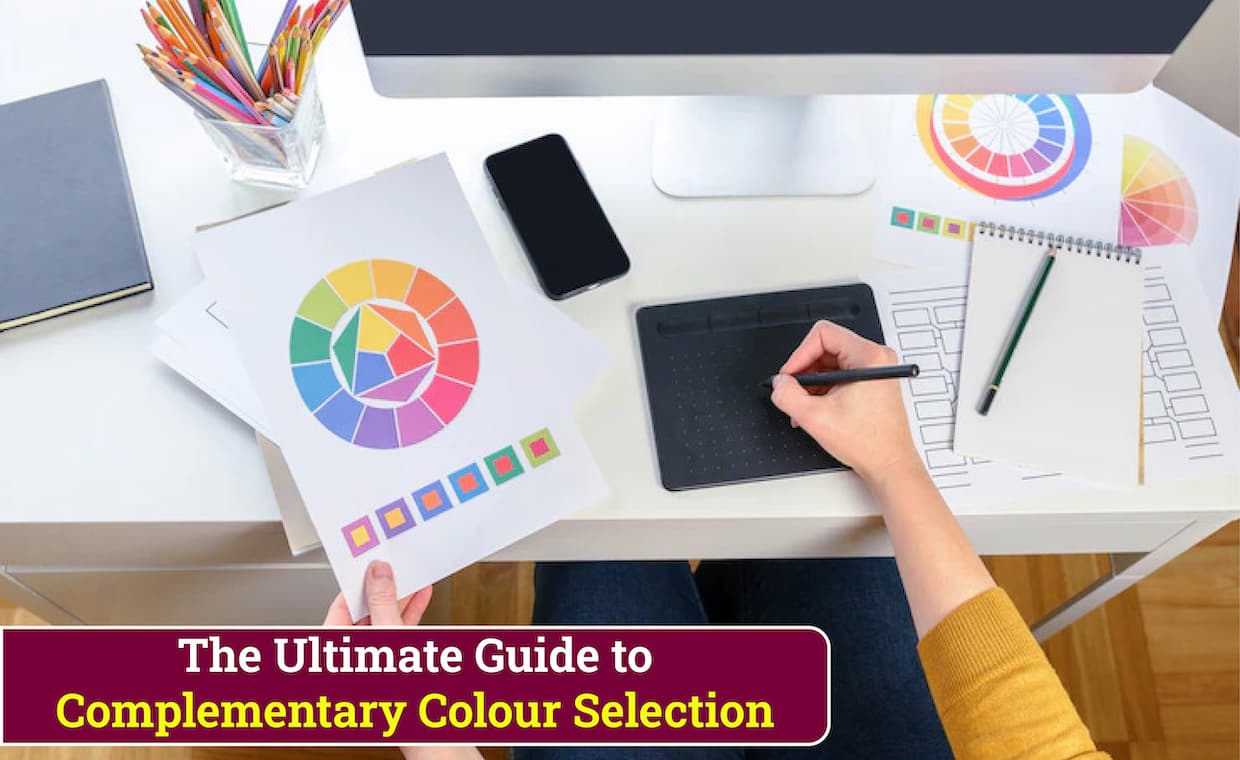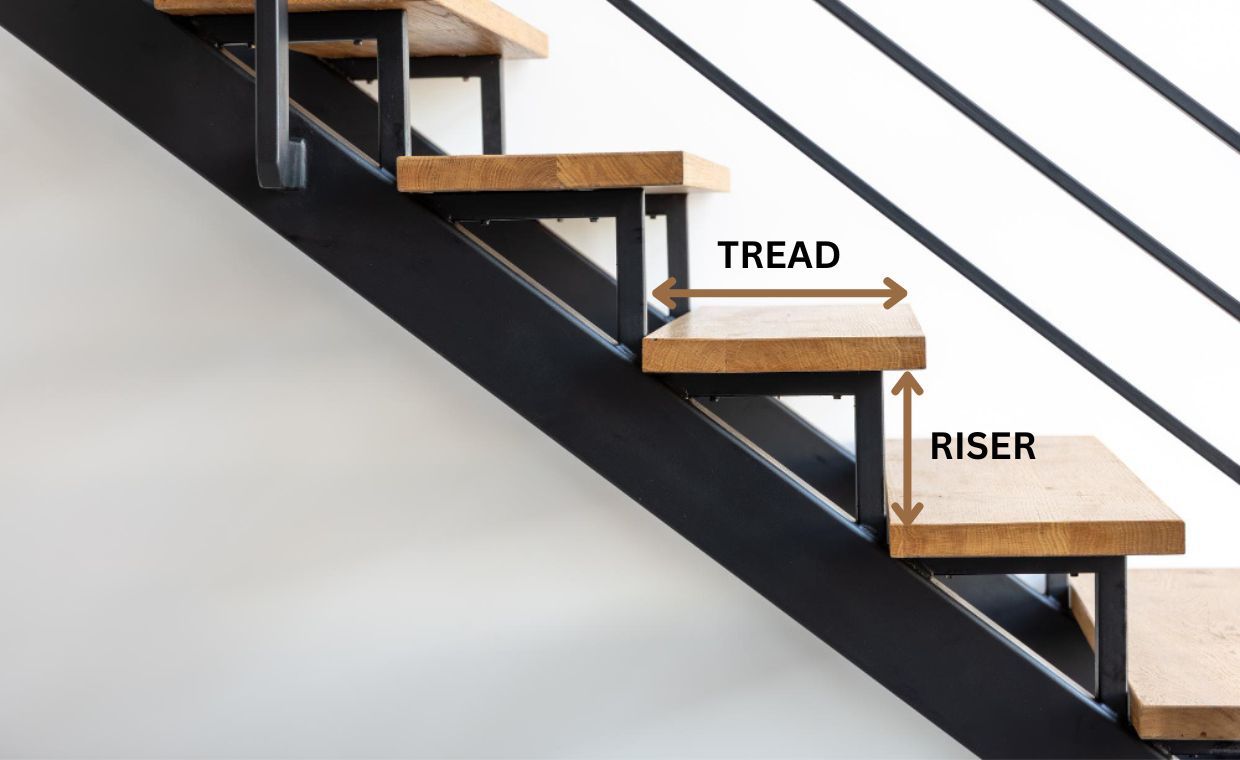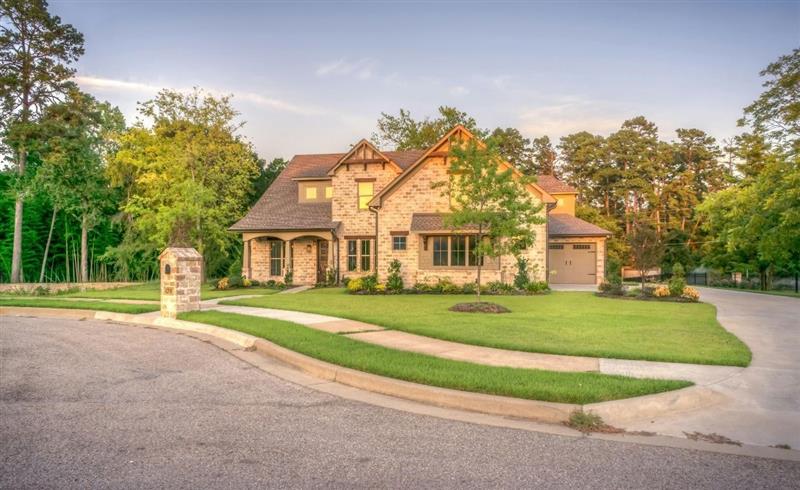
Finalising the colour scheme for your home’s interiors can be tricky if you want to use a variety of hues. When picking colour combinations for homes, you should choose those that complement each other rather than those that conflict. The colour wheel is one of the best tools to help you pick complementary or contrasting colours. So, let’s head on to learn how to pick complementary colours.

Before we go ahead and look at how to pick complementary wall colours, let us learn a little about the colour wheel, types of colours, and different types of colour combinations.
What is the Colour Wheel?

Sir Isaac Newton created the colour wheel in 1666 as a visual aid for explaining the fundamentals of colour theory. In his work Opticks: or, A treatise of the reflections, refractions, inflections and colours of light, he describes his experiments with light, colour and colour mixing. It displays how primary, secondary and tertiary colours are related while arranging various colour shades in a circle. This is an excellent tool for artists and designers, as colour is one of the main elements they use to create a specific look or feel.
Different Models of the Colour Theory
Traditional Colour Theory or RYB Model

This model is used when mixing paints and the letters stand for Red, Yellow, and Blue.
Modern Colour Theory

01. RGB Model
This model is used by digital artists and graphic designers as it deals with the mixing of light emitted from screens (computers, TVs, mobile phones, etc.). The letters stand for Red, Green and Blue.
02. CMYK Model
This is relevant to the printing process, as it involves mixing ink. The letters stand for Cyan, Magenta, Yellow, and Key (which is black). Now, let’s look at how colours are classified.
What are the Various Types of Colours?

Generally, the colour wheel chart is split into three broad types: primary, secondary, and tertiary.
01. Primary Colours
They refer to the colours that combine to form white light. In the RYB model, the primary colours are red, yellow, and blue. In the RGB model, the primary colours are red, green, and blue, and cyan, magenta, yellow, and black/key in the CMYK model.
02. Secondary Colours
These are the colours you get by mixing two primary colours.
03. Tertiary Colours
You can get these colours by mixing a primary colour with a secondary colour.
Now that we have a better understanding of the basics of the colour wheel, let’s briefly look at the different colour combinations.
Types of Colour Combinations

The following mentioned below are various types of colour combinations:
01. Complementary Colours
These are contrasting colours found opposite each other on the colour circle, and when juxtaposed, they produce contrast. They are complementary because they enhance and accentuate each other. In the words of Gina Wilde, colour theorists choose the mental construct of the circle is an attempt to lay out the highest potential contrasts between colours. Colours that are located directly across from one another on the colour wheel are known as complementary colours.
02. Split Complementary
These are the colours that are on either side of a colour that is opposite the main colour. This makes the colour contrast a little subdued.
03. Double Complements (Tetradic Colours)
Here, a combination of four colours is evenly spaced from each other. They are basically made up of two complementary colour pairs. When connected by straight lines, they form a rectangle on the wheel.
04. Analogous Colours
These refer to three colours that are found next to each other on the wheel.
05. Monochromatic Colours
This colour scheme uses different tints, tones, and shades of the same base colour.
06. Triadic Colours
This colour combination uses three colours that are at an equal distance from each other on the colour circle. You will get an equilateral triangle when you join these colours with a straight line.

Now that we have had a brief look at the basics of the colour circle and colour theory, let’s see how to pick complementary colour schemes that will suit your home the best. If you want more information about the basics of colour theory, you can check out this article.
How to Find Contrasting or Complementary Colours

Finding various colour combinations for modern colour circles is simpler because you may use an online colour wheel picker. As mentioned in this article, complementary colours are opposite each other on the colour circle. Therefore, if you choose a colour on the wheel, its complement should be the opposite. Complementary colours include one primary colour and one secondary colour made up of a mixture of the other primary colours. For example, if you choose red, the complementary colour would be green, a combination of yellow and blue. Similarly, the complementary colour for yellow would be purple, and for blue, it would be orange.
In the words of Parramón, José Maria, the juxtaposition of complementary colours can provide the greatest amount of colour contrast. However, if you feel the complementary colour stands out too much, you can split the complementary colours and use them. For example, instead of using orange to complement blue, you can use red-orange or yellow-orange. Try different combinations of complementary colours or split complementary colours to get the colour scheme that suits your vision for the room.
Another way to find the opposite colour is to stare at the base colour for about a minute and then immediately stare at a white surface for about 15 seconds. This technique will help reveal the contrasting colour, like when you see a spot of purple in your vision after staring at the sun for a while.
Complementary Colours and Home Interiors

Different complementary colour schemes work differently depending on the context. Just because a colour combination looks good on paper, doesn’t mean it will look good in a room with furniture and varying light sources (natural light and electrical lights). Additionally, while using a combination of colours, you need to pick one as the main colour and use the other complementary colour(s) in small amounts or as accents.
Tips while Picking Complementary Colour Schemes for your Home Interiors
Here are some things to consider while picking complementary colour schemes for your home interiors. So let’s learn about the tips on how to pick complementary colours:
01. The Colours Should Match The Furniture

In order to learn how to pick complementary colours, here is the clue. If you are painting or repainting a room that has already been furnished, use the existing furniture as a guide to choosing the room colours. You can use the accent colour and its complementary hue for the walls, along with the colour of the accent and the furniture, cushion coverings, drapes, etc.
02. Colour Schemes according to Nature or feel of the Room

Different colours evoke different emotions or feelings in people. For example, the colour blue is soothing and restful, while red evokes energy. Going by this logic, red would not be the best colour for bedroom walls – a place where you go to rest. To use a split complementary colour scheme, pick red-violet, yellow, or red-orange as the opposite for green if you have chosen the green and red colour combination. Make green your base or main colour and the complementary hues your accent colours.
03. Proportions for Complementary Colour Schemes

Don’t use exactly the same amounts of two complementary colours while employing them in your interior design. A colour combination must be in proportion in order to be appealing. Your efforts will be futile if you employ an identical number of colours because the look will become tiring to the eyes. To keep things fresh, use one colour dominantly and the other in small amounts.
04. Shades, Tones, and Tints in Complementary Colour Schemes

These are variations of the same base colour. Depending on the variation, they can make your chosen colours stand out or remain muted. All colours will not evoke the same emotion in every person. Some colours may appeal to children but not adults, or they might be calming to some while irritating to others. If you feel like the colours in front of you are too bright or too subdued, you can change the shade, tone, or tint of the same to match your vision.
05. Visual effects in Complementary Wall Colour

You can use different colour combinations to make a small room look bigger, or a vast room looks cosier. Lighter colours, like white, ice-blue, etc., can make smaller spaces appear larger than they are. Darker colours, on the other hand, make the surfaces appear closer than they are, giving the room a cosier feel. For example, you can make your study or library feel cosier by using darker colours like rust or hunter green on the walls. The furniture, curtains, cushions, etc., can be in complementary colours.
06. Focal Point

If you are looking to highlight certain art pieces hung on your walls or antiques and artworks placed on the floor, you can do so by painting the background with an accent colour. You can also accentuate the contrast by adding special spotlights to the area. This goes a long way in giving your room a focal point. You can use this technique in your living room, study, or foyer.
07. Smooth Transition between Rooms

Here is the solution if you want to know how to pick complementary colours. While different colours make a room more vibrant and exciting, sudden colour shifts between spaces can be jarring or irritating. Therefore, a well-decorated home is planned for colour progression apart from not just colour schemes. [a2] This means that each room is painted in different colours so that moving from room to room is easy and soothing to the eye.
08. Should Facilitate a Comfortable Living
The colour combinations should reflect your preferences as the owner of the house so that you feel comfortable in it. At the end of the day, the colours should help you live a comfortable life. They should not annoy you.
Benefits of using Complementary Colours in your Home Interiors
- Complementary colour schemes and other combinations work well to tie the different elements in a room together.
- Complementary colours help accentuate certain areas or elements in the room.
- They add depth and texture to a space.
- They help bring balance to a room by accentuating or subduing different elements.
- Complementary colours can brighten up a boring space and add interest.
Conclusion
To summarise, the colour wheel is a great tool to help you find complementary colour combinations for your home interiors. Complementary colours add interest and depth to a space, but you should be mindful of what colours you use in different rooms. Ultimately, your chosen colours should make you feel welcome in your home. We hope our blog on how to pick complementary colours has helped you in choosing colours for your home interiors. In addition, the colour combinations appeal to you because you will live in those spaces once the painting is done.
Before you take a leave from us, on the same niche, we have a very interesting blog on
Creating Illusion with Colours for Home Space!
Image Courtesy: Image 4, Image 8, Image 9
Author Bio
Andrea Noronha – Andrea Noronha is a content writer and editor with over 4 years of experience. Although she comes from a finance background, Andrea is passionate about blogging about interior design. Her other interests include travelling, baking, and digital marketing.






























